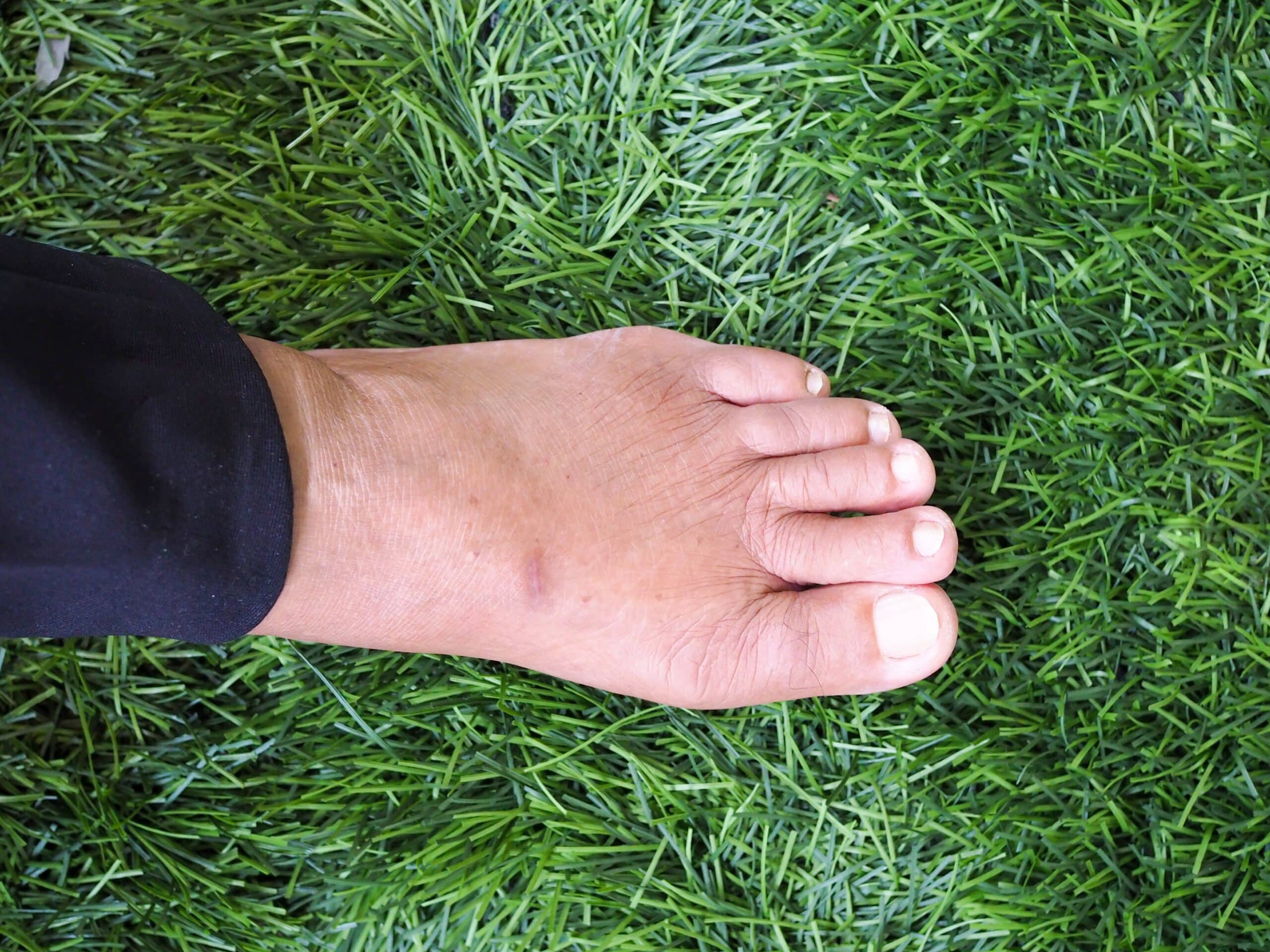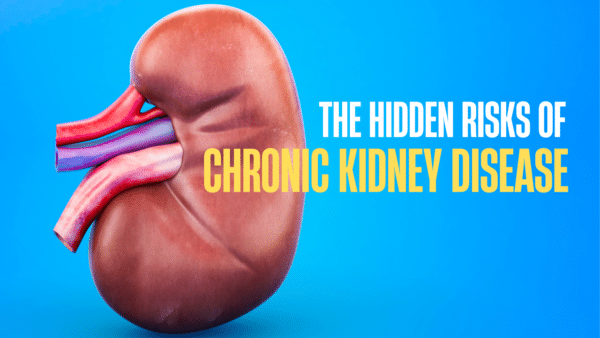There are several reasons for swollen ankles. Swelling is usually caused by an injury or edema.
Edema is swelling caused by retained fluid in your body’s tissues. Unless there is an injury, fluid accumulation is often not painful. Because of gravity, swelling is usually more visible in the lower parts of the body.
Swelling of the ankles and feet occurs commonly in older people. This edema might affect just one or both sides of the body. One or more lower-body regions may be afflicted.
Swollen ankles and feet that also have other symptoms may indicate a major health issue. Here are some of the probable reasons for ankle and foot swelling:

Foot Or Ankle Injury:
People who get a foot or ankle injury may develop inflammation in that area, making this seem swollen. A sprained ankle occurs when the ligaments that keep the ankle in place are stretched beyond their usual range due to an accident or misstep.
You should rest, prevent walking on the injured ankle or foot, use ice packs, wrap the foot or ankle in a compression bandage, and elevate the foot on a stool or cushion to lessen swelling after a foot or ankle injury. Consult your doctor if the swelling and soreness are severe or do not improve with home care.
Lymphedema:
Lymphedema, also known as lymphatic obstruction, is a condition in which the lymphatic system becomes obstructed. This system consists of lymph nodes and blood vessels that assist in the transport of fluid throughout the body. An obstruction in the lymphatic system causes tissues to expand with fluid, resulting in arm and leg edema.
Lymph accumulation, if left untreated, can delay wound healing and lead to infection and deformity. It occurs mostly in cancer patients after radiation therapy or lymph node excision. If you have had cancer treatment and are experiencing swelling, contact your doctor immediately.
Medication Side Effects:
As a potential adverse effect, several medicines can induce swelling in the feet and ankles. They include
- Antidepressants
- Birth Control Drugs Including Estrogen, And Testosterone Tablets
- Steroids
- Calcium Channel Blockers For High Blood Pressure
People who believe that their ankles are swollen as a result of medications should consult their doctor. If the edema is painful, a doctor may give diuretics or suggest recommendations for reducing it.
Chronic Venous Insufficiency:
Chronic venous insufficiency is the most prevalent cause of edema (CVI). It affects the valves in the legs. This disease develops when the veins cannot efficiently transport blood, resulting in blood pooling in the legs.
Some treatment options include:
- Raising the legs to promote blood flow
- Using compression stockings to lessen swelling
- Taking drugs like aspirin
- Having radiofrequency ablation, which utilizes heat to block the damaged vein
Infection:
Infections can cause swelling in the feet and ankles. Foot infections occur commonly in people who have diabetic neuropathy or other nerve disorders. If you have diabetes, you should examine your feet frequently for blisters and sores since nerve degeneration can decrease pain perception, and foot issues can advance fast.
Contact your doctor immediately if you see a swollen foot or a blister that appears to be infected.
Liver Disease:
A healthy liver produces albumin. Albumin inhibits fluid from leaking out of blood vessels and into the tissues around them.
Low albumin levels caused by the liver disease can induce fluid accumulation in the legs, ankles, and abdomen.
A doctor may provide drugs and provide advice on specific lifestyle aspects that may help prevent or delay the progress of the liver disease. These include:
- Exercise regularly
- Eat a healthy diet
- Limit salt consumption
- Avoid alcohol
Chronic Kidney Disease:
It is permanent kidney dysfunction that worsens over time. A person may not notice any symptoms until they are in the advanced stages of the disease, known as kidney failure or end-stage renal disease (ESRD).
The kidneys become unable to remove waste and excess fluid from the body during ESRD. Swollen ankles are one of the symptoms that might result from this.
Blood Clot:
Blood clots that develop in the veins of the legs can prevent blood from returning to the heart and cause swelling in the ankles and feet. Blood clots can be superficial (occurs in veins just under the skin) or deep (deep vein thrombosis).
Deep clots might obstruct one or more of the legs’ main veins. These blood clots can be fatal if they break free and spread to the heart or lungs.
Call your doctor as soon as possible if you experience swelling in one leg, pain, a low-grade fever, or a change in the color of the affected leg.
Pregnancy:
Body produces more blood and fluids during pregnancy to support the developing fetus. Swelling is a typical pregnancy side effect, especially in the third trimester.
However, rapid swelling of the hands and face might be an indication of preeclampsia, a potentially fatal disease.
Preeclampsia:
During pregnancy, this disease produces elevated blood pressure. High blood pressure can cause poor circulation and edema in the face, hands, and legs.
It needs immediate medical attention. Medication to prevent seizures and reduce blood pressure may be part of its treatment.
Heart Failure:
Heart failure happens when the heart can no longer pump blood as efficiently as it should. There is a decrease in blood flow out of the heart in right-sided and congestive heart failure, causing blood to back up into the veins. This can cause fluid accumulation in tissues, including the legs and ankles.
Heart failure impairs the kidneys’ ability to eliminate salt and water from the body. It leads to edema.
Pericarditis:
It is a chronic inflammation of the pericardium, the sac-like membrane that surrounds the heart. Breathing difficulties and severe swelling in the legs and ankles are symptoms of this condition.
References:
- “Foot, Leg, And Ankle Swelling”. Retrieved from Mountsenai.org: https://www.mountsinai.org/health-library/symptoms/foot-leg-and-ankle-swelling
- “Edema”. Retrieved from Clevelandclinic.org: https://my.clevelandclinic.org/health/diseases/12564-edema
- “Edema”. Retrieved from Mayoclinic.org: https://www.mayoclinic.org/diseases-conditions/edema/symptoms-causes/syc-20366493
- “Foot, Leg, And Ankle Swelling”. Retrieved from Medicineplus.gov: https://medlineplus.gov/ency/article/003104.htm
- “Swollen Ankles, Feet And Legs”. Retrieved from Nhs.uk: https://www.nhs.uk/conditions/oedema/

